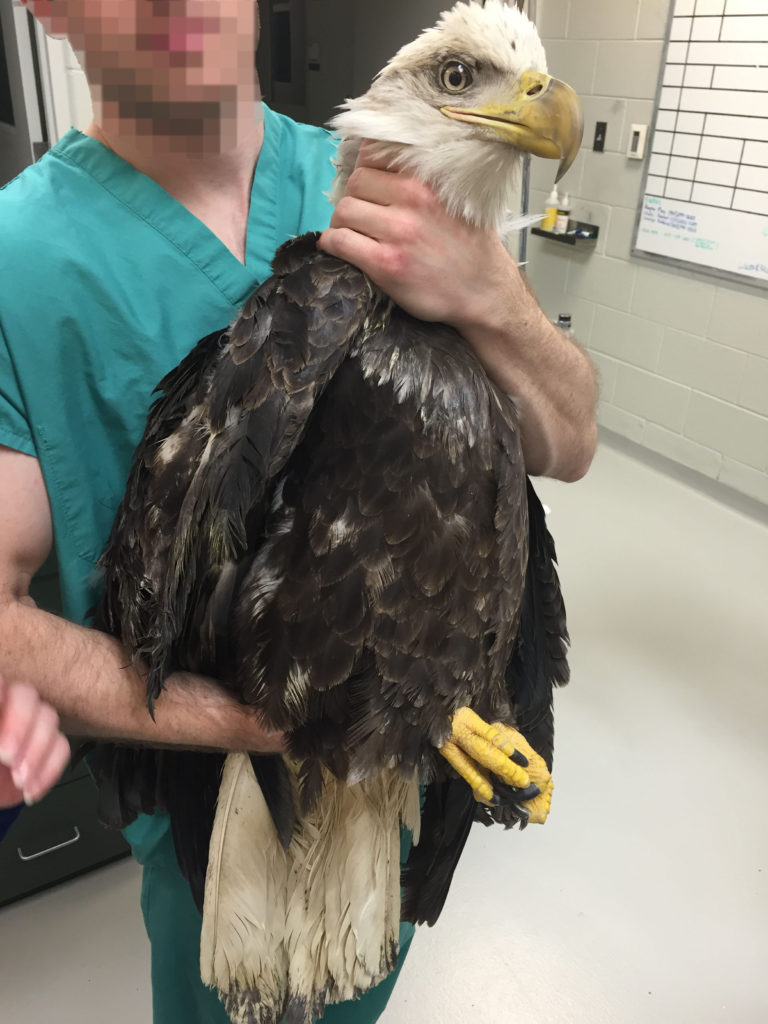Ask anyone to name a famous veterinarian, and they are likely to name James Herriot, author of the best-selling book, All Creatures Great and Small. Herriot was a veterinarian in northern England from 1930 through the 1980s. He tended to farm animals and pets during his career. I know this isn’t a website about domestic animals, so let me explain why I’m covering him today.
First of all, October 3, 1916, is his birthday (died 1995). Second, nothing else directly connected to conservation seems to have happened on any October 3 in history. Third, if you love animals, domestic or wild, how can you not write about this guy?
Of course, James Herriot wasn’t even his real name. He was born James Alfred Wight, in County Durham in northeast England. He became a veterinarian in 1940, opening a small rural practice in the town of Thirsk (now a thriving tourist town because of Herriot’s fame). He loved his work, and he regularly entertained his family and others with the cases, animals and people he came across in his practice. He thought he might write down his stories, but tending to the area’s animals took all his time.
When he was 53, his wife challenged him to write a book about his experiences. He bought a typewriter and began writing, often while his wife and children watched television in the same room. Because veterinarians were not allowed to advertise at the time, he needed a pseudonym for his books. He was writing one evening while his family was watching a televised soccer match in which the goalkeeper, Jim Herriot, played exceptionally well. Perfect, he thought, and the author James Herriot was born.
His books quickly gained popularity, first in the United Kingdom and soon after in the U.S.. His editor said that “James’ unique blend of warmth and joy and skill as a writer made him perhaps the most personally beloved storyteller of his time.” His 18 books, including several about his veterinary experience and several more children’s stories about animals, have sold more than 60 million copies. In other words, he put veterinary practice on the literary map. As youngsters read his books, thousands were inspired to take up the profession.
And along with that growth has come a similar interest in and recognition of wildlife veterinary practice (aha, the link to conservation). Wildlife veterinarians come in two basic varieties. First are those who practice clinical medicine on individual animals, perhaps in zoos or animal rehabilitation centers. They treat animals for injuries and the problems of old age and confinement.
Second are those who practice on free-ranging wildlife populations. These veterinarians focus on keeping large groups of animals healthy, perhaps in national parks or just on undeveloped lands. They focus more on diseases and other conditions that are communicable and can spread rapidly across groups of animals.

In conservation, we need to pay much more attention to the health of free-ranging wildlife. Each year, the Working Group on Wildlife of the World Organization for Animal Health (OIE) tracks the spread of wildlife diseases. In 2017, they reported several major issues: in Mongolia, more than half of all Saiga antelopes died from disease, along with many ibex, gazelles and other ruminants; avian influenza attacked wild (and domestic) birds throughout East and South Asia; anthrax outbreaks affected hippos, elephants, zebras and wildebeest in East Central Africa; a parasite attacked white-tailed deer in North American; and chronic wasting diseases continued to affect animals across the world.
Monitoring wildlife disease, treating affected animals and eliminating disease organisms is all part of our commitment to conservation and sustainability, primarily because human changes to the environment, including contacts with diseased domesticated animals, have made wildlife populations increasingly susceptible to disease. As James Herriot said, “I wish people would realize that animals are totally dependent on us, helpless, like children, a trust that is put upon us.” Herriot’s commitment to all creatures, great and small, mirrors our need to care for all the biodiversity of our earth, whether a lion or an ant-lion.
References:
Biblio.com. James Herriot. Available at: https://www.biblio.com/james-herriot/author/379 Accessed August 9, 2019.
Tabor, Mary B. W. 1995. James Herriot, 78, Writer, Dies; Animal Stories Charmed People. The New York Times, Feb 24, 1995. Available at: https://www.nytimes.com/1995/02/24/obituaries/james-herriot-78-writer-dies-animal-stories-charmed-people.html. Accessed August 9, 2019.
World Organization for Animal Health. 2018. Highlight from the Working Group on Wildlife. OIE Bulletin. Available at: https://oiebulletin.com/?officiel=highlights-from-the-working-group-on-wildlife. Accessed August 9, 2019.
